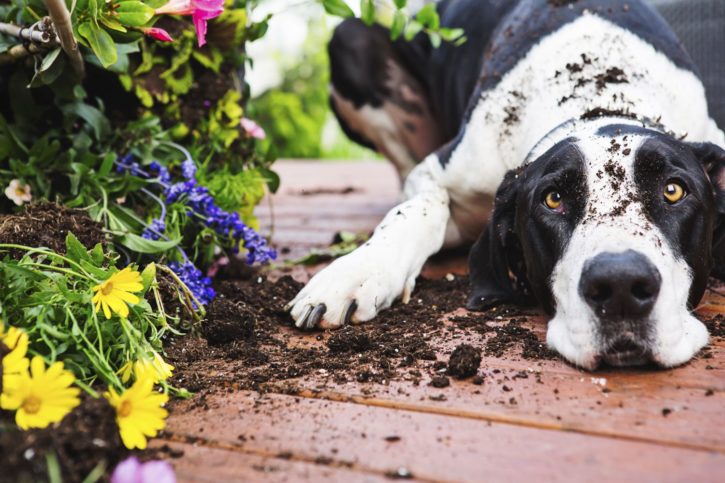
Poisonous Flowers, Leaves, and Roots . . . Oh My!
If you have a green thumb, then this week is for you! While plants are wonderful and look great, some of them are not the friendliest to our furry friends.
Lilies (Calla, Day, Easter, Tiger, Wood, etc)
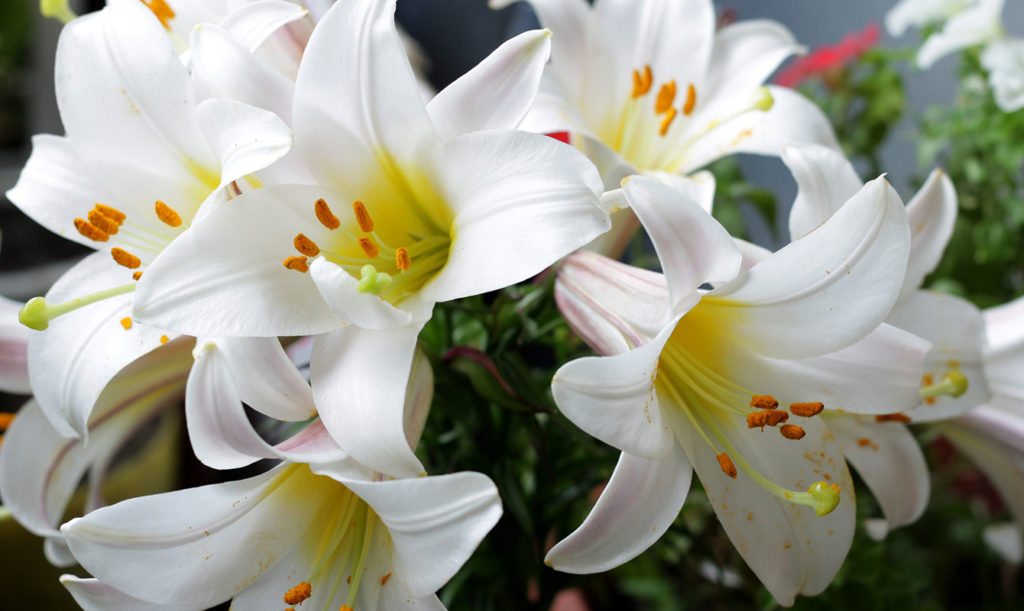
Toxic Component
calcium oxalate
The full toxic profile is not completely known yet.
Symptoms
- vomiting and inappetence
- depression and lethargy
- increased urination and dehydration
- kidney failure
Lilies are mostly toxic to cats, but some varieties can be toxic to dogs as well. For most of these plants, any part of the plant can be toxic (plant water, roots, stems, leaves, flowers, pollen, etc.). If you have a cat, it is extremely important to avoid having any of these plants in your household!
The above list is not a complete representation of lily varieties that are toxic. Check out the ASPCA’s website or contact your veterinarian with any concerns.
Sago Palm
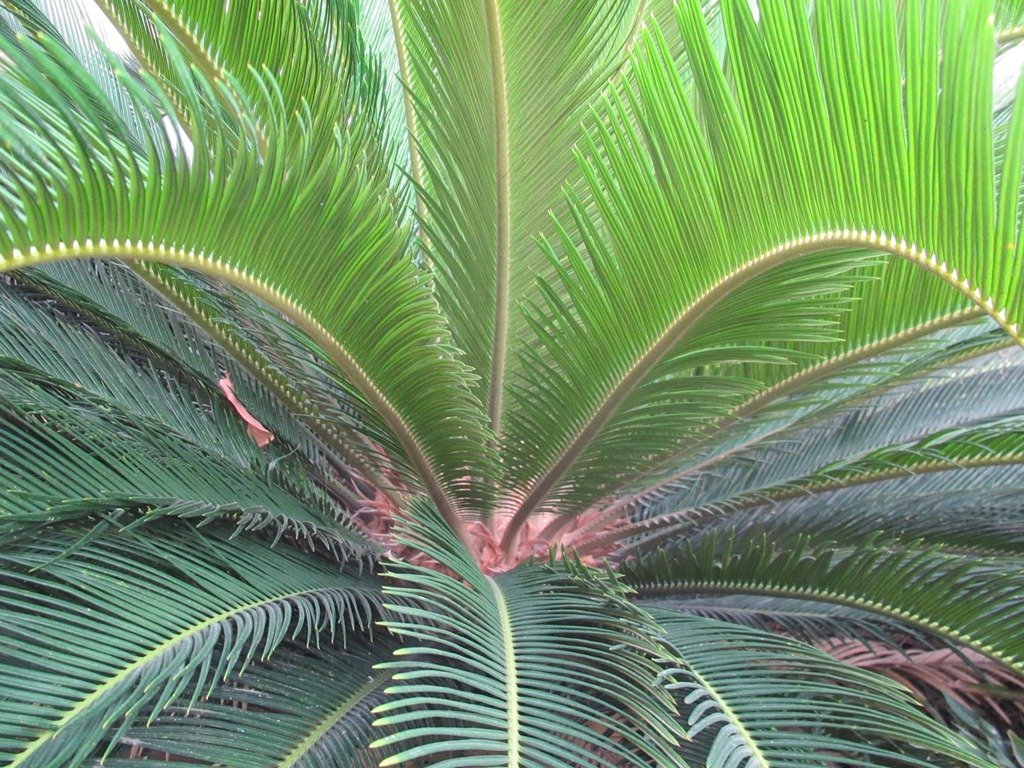
Toxic Component
glycosides
Symptoms
- vomiting and diarrhea (sometimes bloody)
- abdominal pain
- increased heart rate
- dizziness and seizures
- liver and kidney failure
All parts of the sago palm are toxic, but the highest toxicity is in the fruits and seeds followed by the roots then leaves.
Azaleas
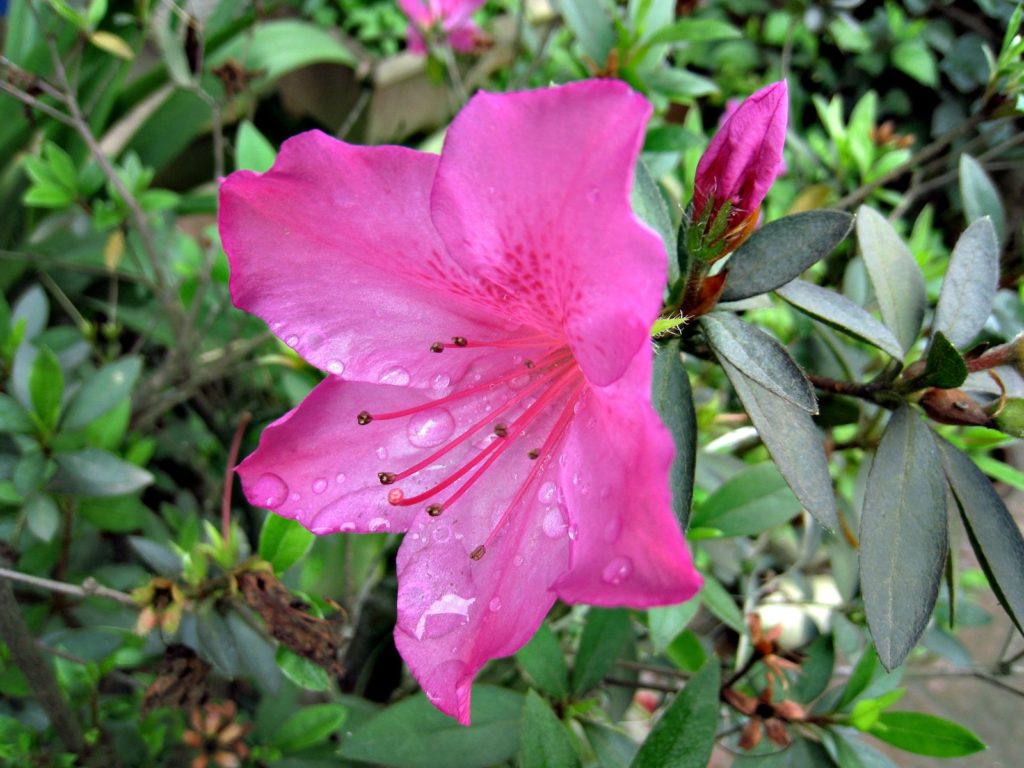
Toxic Component
grayanotoxins
Symptoms
- vomiting and diarrhea
- inappetence and drooling
- abdominal pain
- decreased heart rate
- tremors and seizures
All parts of the plant are toxic. Clippings from the shrub pose an increased risk as dogs may ingest them.
Oleander
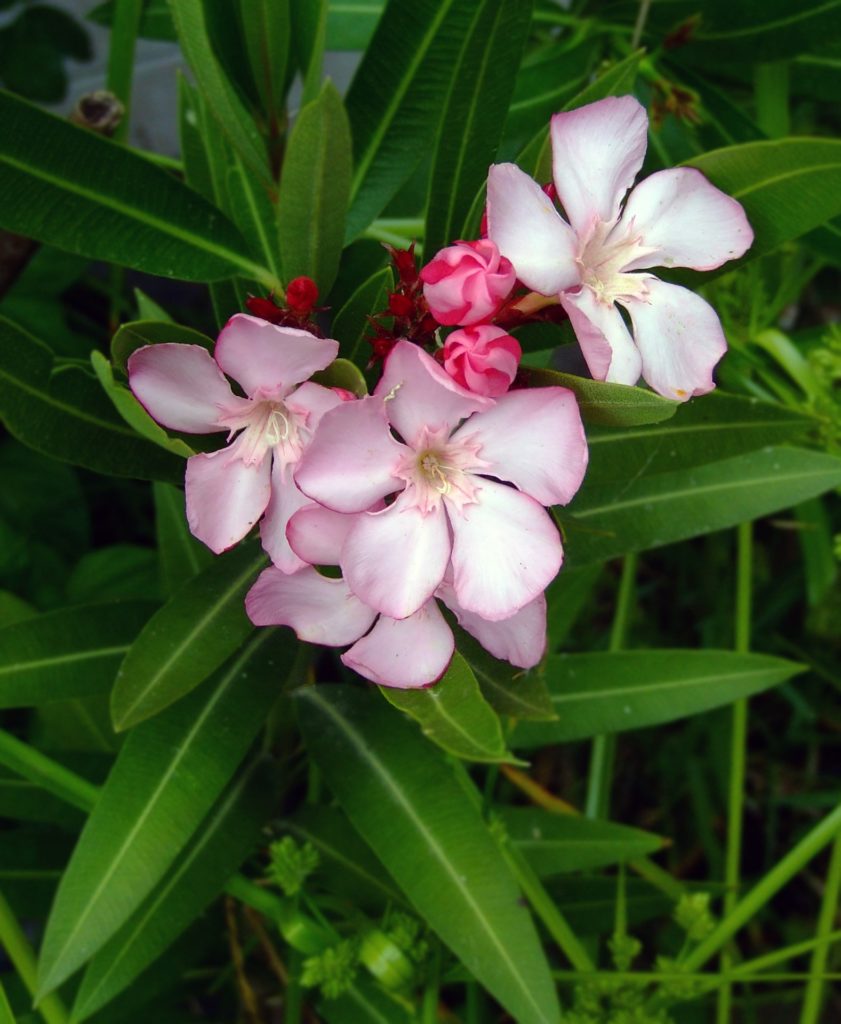
Toxic Component
glycosides
Symptoms
- vomiting and diarrhea
- decreased heart rate leading to heart failure
- weakness, tremors, and seizures
There is a huge variation in toxicity between individual pets, but the most toxic part of the plant is the flowers.
Hydrangea

Toxic Component
glycosides
cyanide
Symptoms
- vomiting and diarrhea
- abdominal pain
- difficulty breathing
- weakness, tremors, and seizures
- contact irritation
All parts of the plant are toxic, but the flower buds are the most dangerous. There is high variability in the toxicity of individual plants, but it is better to be safe when it comes to your pets!
Acorns

Toxic Component
gallotannin
Symptoms
- hypersalivation and inappetence
- vomiting and diarrhea
- abdominal pain
- kidney and liver damage (with large quantities)
In addition to the toxic component of acorns, ingesting large amounts can pose a risk of obstruction that may require surgery.
Rhubarb

Toxic Component
soluble oxalate crystals
Symptoms
- vomiting and diarrhea
- lethargy, tremors, and seizures
- decreased heart rate
- kidney failure
The leaves are the most toxic part of the rhubarb plant, but the roots are also toxic.
We’ll end things with a plant that has long been considered to be toxic, but it actually isn’t: poinsettia! There are low levels of a toxin called triterpene in the sap, but ingestion of poinsettias will likely only cause temporary stomach irritation. We still recommend keeping the plants away from your pets to avoid that upset stomach.
This is by no means a complete list of toxic or dangerous plants. If you are ever concerned about something your pet ate, contact your veterinarian or call the ASPCA’s Animal Poison Control Center at (888) 426-4435 OR the Pet Poison Helpline at (855) 764-7661. There may be a fee associated with the call.
The ASPCA also has a great website where you can put in the plant name to find out if it is toxic: Toxic and Non-Toxic Plants (aspca.org).
Now It’s Your Turn
Test your knowledge with this quiz to be entered into a drawing for a gift bag.
